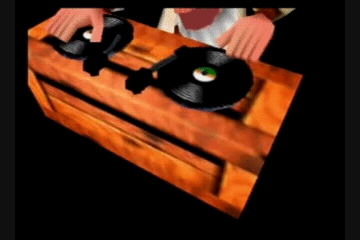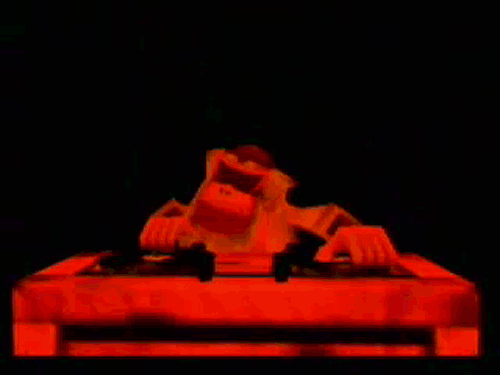Zelda and Sheik are still together for their moveset, but that doesn't mean they're one character. They're two, each with full movesets and differing playstyles. Zelda has five characters, not four. Pokémon has seven characters, not five, and it would have even if the Pokémon had stayed together.
Just thought I'd point this out and add Samus and ZSS to the list. I know that's not so much with popular opinion because another Metroid rep is so appealing to a lot of people (myself included), but it's there and often overlooked.
---------------------------------------------
Now, to refer to all these other importance and representation arguments, if a character appears in some spinoff game that doesn't contribute to their character in Smash at all, is it actually useful to quote those games as appearances? I'm seeing remakes and spinoff titles cited cited almost with as much importance as main titles in a series, and I guess I don't quite get that. It's fine for arguing about importance in the series as a whole, I just don't see it being too relevant because Smash is ultimately based off of main title appearances (hence why Waluigi isn't too great a choice) and importance in Smash is a little more difficult to quantify than just counting up the characters per games released.
For example, I think a lot of you would call BS if I tried to cite Mother 1+2 as a fourth Mother game, even though sizable changes were made to Mother 1 in the spirit of remaking the game. Earthbound-style movement replaced the grid-based system and new convenience features such as being able to check if an area has random encounters were added. Mother 2 had many version differences from the original (Earthbound) as well.
I wouldn't mind if you would accept that as a reasonable argument for increasing the game count, of course, I'm fine either way...

My general point is: the notion that representation is purely percentage-based is causing a lot of problems and inconsistencies with smaller series as well.
I apologize, but my first example is, again, Mother. Two characters over three games, despite only being two characters, is already 2:3, or 66%. Add a single character, because that's really the lowest you can possibly add, and bam. "100 percent?" you might be inclined to say, "That's too big!". Well, hear me out, I'm not saying it isn't a lot, but I am saying that it isn't breaking any rules.
Let's take a look at Starfox. The series consists of SNES, 64, Adventures, Assault, Command, 643D. Three characters, 50% compared to 6 games. Except SNES, 64, and 643D are all the same story. 64 was a heavily remade game, so it should still count, at least. Adventures wasn't even planned to be a Star Fox game, and I'll consider it more of a spinoff here, since it is largely stand-alone with it's gameplay. Assault, people probably consider a main title, same with Command. That leaves my reasoning at three characters for four main entries in the series, plus one spinoff.
Pure percentages say 60% for Star Fox's characters/per games, even when it has three characters and, in the context of Smash, is preventing just as many other fighters from getting into the game as a hypothetical third Mother character.
So, from just one additional game and one spinoff, the percentage is at a whopping 40% under the Mother series. Yes, Mother would still be represented more by comparison, but the difference would nearly be the lowest it could. The only way there could be less of a difference between representation is if Star Fox had four main titles and no spin-offs vs. Mother's three main titles.
I mean, look at Ice Climbers. The same logic would label them at 100% representation, one character for one game, but these rules don't work for lower numbers.
At any rate, hopefully I've demonstrated, whether percentages are favorable or not, or whether they're accurate or not, one character slot is still one character slot.
Specifically, I would like to comment on the Pokemon representation argument:
Pokemon already has more reps than it does generations (let's be honest, each generation is a single game design, it should only count as one game), which is already a very high ceiling compared to the smaller series on the roster. Having such a huge series seems to let people overlook that you could fit several fleshed out series within Pokemon's Smash roster already, because it seems like the character to game ratio is smaller.
This is the reason that I find Pokemon to be the exception as far as over-repping goes; I don't really have a huge problem with adding a character to any other series, and even still I think that Pichu should be open for consideration.
I probably said all this to be free of branding with the hypocrisy iron in the future, to be honest. The reality is a problem on one character might make them not worth it for a voter, but another character might have other strengths that make up for that very same problem, and whether these strengths are worth it is obviously subjective.







